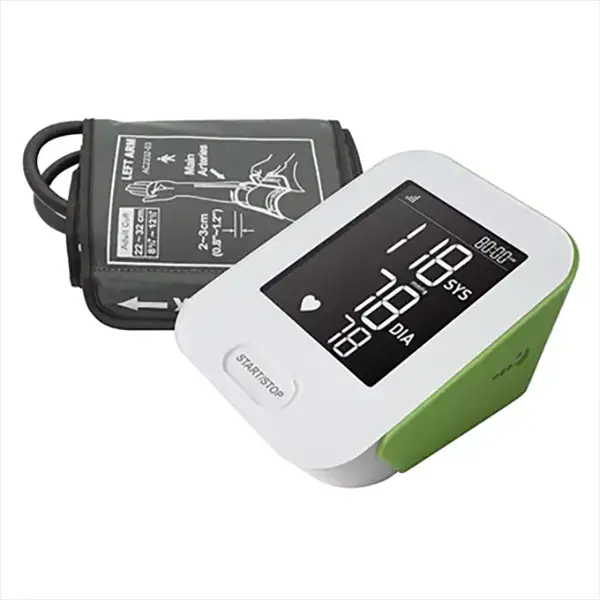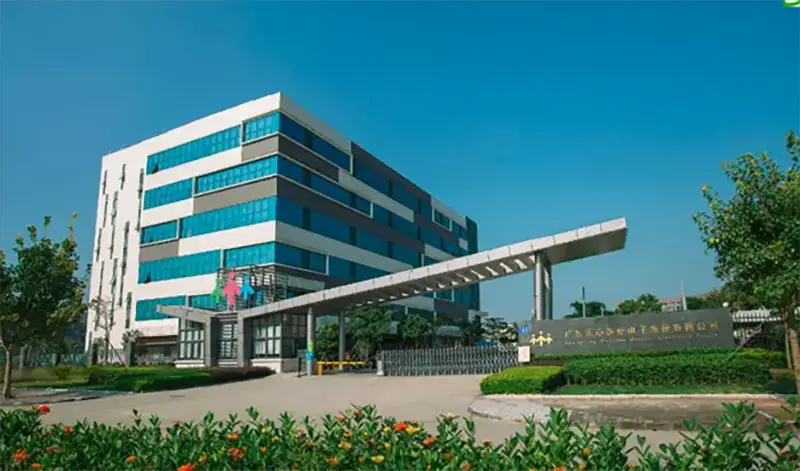Click here to get this post in PDF
The Covid-19 Pandemic had taken the world with a severe blow since last year, and it changed the whole way of living and doing things across the globe. Similarly, the healthcare sector did go through a lot of changes too, but is it permanent? What will be the future of healthcare and remote patient monitoring?
Well, you’ll find this out and much more in the article. First, let’s talk about the pandemic and how it affected the ways of monitoring patients.
How has the pandemic affected the healthcare sector?
As we know, the Covid-19 pandemic was declared in the year 2020. Since then, healthcare has moved online, and telehealth and remote patient monitoring became more popular as everyone had to stay indoors. However, with the start of 2021, we’ve received good news, the vaccination process for Covid-19. So, will it be safe to say that the pandemic is coming to an end?
Yes, but regardless of that, the market for remote patient monitoring will be steady and growing. Why? Well, first of all, the vaccination process is long and time-consuming. Thus, not all countries will cover it at once, and they’ll have to proceed with the remote monitoring system till then.
Moreover, the remote monitoring system and telehealth have evolved a lot in the past year. A whole infrastructure for telehealth has come into existence that will continue to be used by people conveniently and efficiently.
What is the future of RPM?
According to research, Remote patient monitoring is growing rapidly and is about to reach a figure of 117.1 billion dollars by the end of 2025. Compared to 2002’s model that is just $23.2 billion, it is very high, which shows the market’s sustainability and growth.
We can conclude that the future of remote patient monitoring is prosperous, and we will see major developments in telemedicine and its use.
The role of remote patient monitoring:
Remote patient monitoring becomes more and more advanced and innovative with constant telehealth applications and monitoring devices for health purposes. Because of these innovations, remote patient monitoring has proven to help manage chronic conditions like diabetes and heart diseases.
People have been monitored with technology and RPM devices which has almost eliminated the need for in-person checkups and monitoring. Now patients can monitor their conditions and get prescriptions from the comfort of their home. Plus, RPM ensures further privacy and makes the patients more comfortable when discussing their situation. Also, remote patient monitoring is more economical than the conventional system.
Transtek remote patient monitoring:
Transtek, a top-ranked OEM/ODM/JDM Company, our mission is to improve chronic care management, including weight, hypertension and future diabetes management, by combining expertise and credibility. We are well known for our design and quality in manufacturing medically approved products, smart wearable technologies, and electronic healthcare scales.
The company has constructed a whole infrastructure of remote monitoring into an application that connects with all RPM devices and consultants. The patients to communicate with their consultants and monitor their health remotely becomes more convenient and efficient.
Conclusion:
The future healthcare is becoming more and more digitized with the time passing by, and the pandemic happens to speed up this process, but is it going to be like that? Is a remote patient monitoring system will stay longer than it is expected? Well, if you want to find that out then, you must consider reading this article till the end. And those of you who read it, I hope it was insightful and informative to you.
You may also like: The Benefits of Building a Healthcare Business
Image source: Transtekcorp.com


